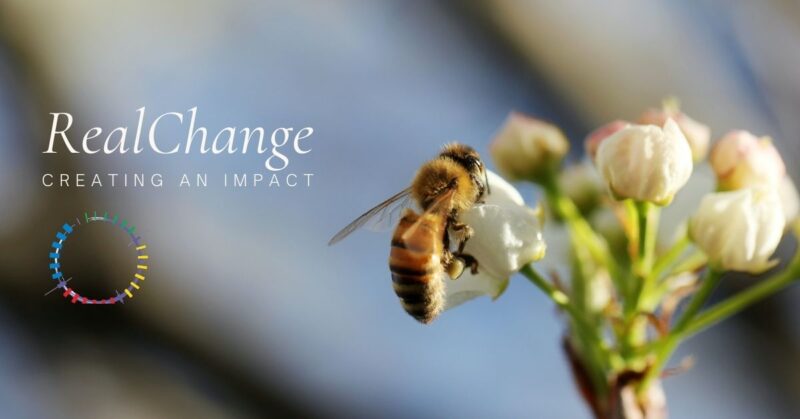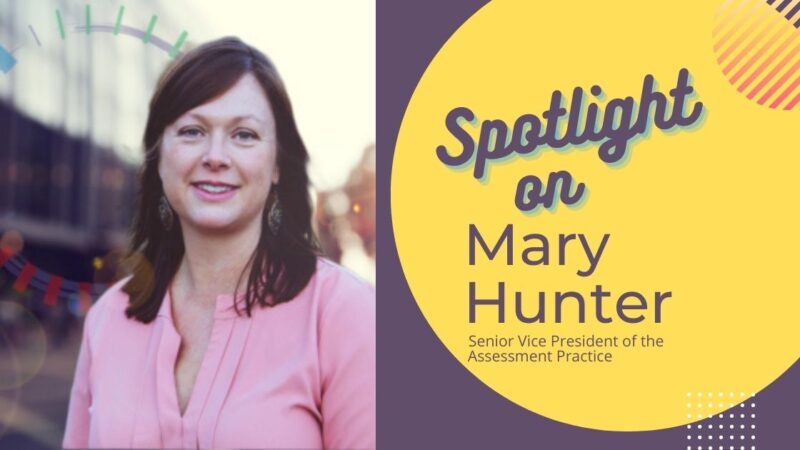A Winning Formula for Change Enablement: Self, Social, Systems, & Spaces
June 15, 2022
Change
We’ve all been there. A company we work for announces a change in policy or processes, but we’re not quite sure why and are slow to comply with the change unless mandated to comply. And when it’s a mandate we can do little but gripe under our breath or begrudgingly accept it. While we’re all adaptable as human beings, we’re also wired to resist change—especially changes that we believe don’t directly benefit us as individuals.
But how do we facilitate organizational change that people can buy into? That was the topic of discussion in a compelling new episode of Becoming Inclusive. In this episode, hosts Katherine (Kat) Potts and Reggie Ponder, welcomed back Hanlie van Wyk, a global engagement consultant and expert in change management.
The Formula
In opening the discussion, our hosts asked Van Wyk to explain her “formula” for managing the change process to help ensure that everyone understands the change at hand and why the change not only benefits others but the interests of the organization and individual stakeholders as well.
Truth be told, there’s no real “secret sauce” when it comes to change enablement, but there is a framework or formula. It entails:
- Self-awareness of the need/rationale for individual change
- Socialization of positive behaviors (aka “Social Contagion”)
- Systems that support change
- Spaces that reinforce change
Self-Awareness
The first consideration should involve self-assessments of people likely to be impacted by a prescribed change. As we know, many people are fearful of change, especially people who have developed long-term behavioral habits over time. An example of that would be the evolving use of pronouns. The sticking point for many who may seem resistant to that change may be a lack of either understanding (competence) or confidence in their ability to “get it right.” Training and awareness programs are generally used to help people increase both confidence and competence.
Behaviors
Secondly, Van Wyk focuses on the behavioral side of change enablement, with what she describes as “social contagion.” We all model behaviors, both positive and negative, based on what our peers do. One example cited by Van Wyk was how quickly rudeness in a given environment fosters an increase in rudeness among people in that environment. Obviously, the converse is also true. Kindness and collegiality are also socially contagious.
The conversation about systems led to the agreement that we need to put in place systems that reflect and support the change we want. When we talk about systems in this context we’re largely focusing on policies, processes, and procedures. The rationale for a systemic approach to change is fairly obvious; policies and practices have to be updated to support change but also have to be explained to gain wider buy-in.
Space
And finally, we have to consider the concept of “space.” We don’t usually think of our physical environments as part of the change management process, but it’s an important one since our environments often impact our behaviors. Another example discussed was the way we behave in certain settings. Think about the many creative ways businesses responded to Covid with social distancing design, signage, and other environmental changes.
Summing it all up, it’s a thought-provoking episode that answers a lot of questions. You can watch Van Wyk discuss more on change management in a previous Becoming Inclusive podcast here. How do we make sure we align all these areas simultaneously while addressing resistance, apathy, or a lack of understanding of the change process and the role we play as individuals within a business or organization? That’s where the rubber meets the road in the change management world.


